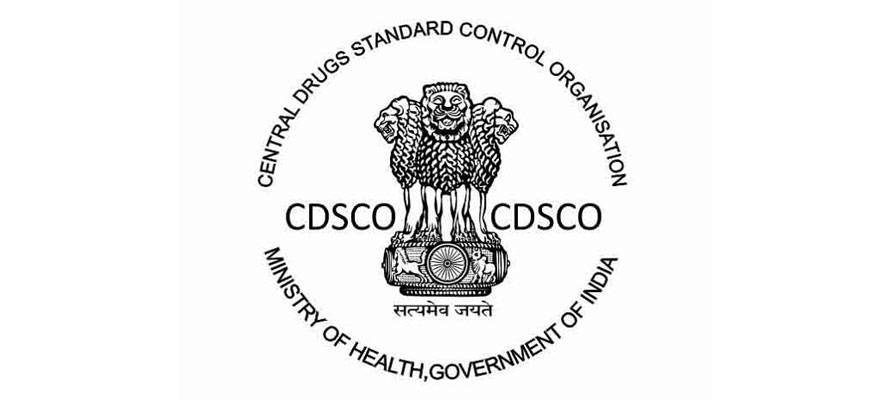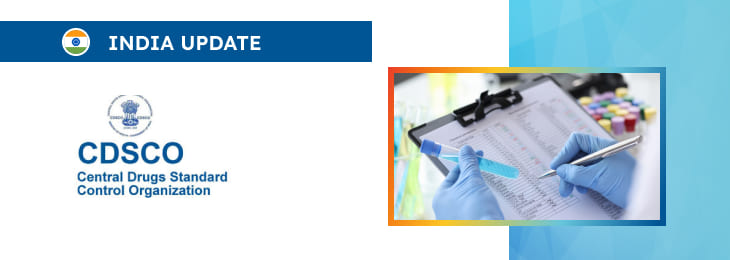The new article goes into further detail regarding the record-keeping requirements, as well as quality assurance in the context of clinical investigations intended to be conducted in India.

Table of content
The Central Drugs Standard Control Organization (CDSCO), an Indian regulating authority in the sphere of healthcare products, has published a guidance document dedicated to Good Clinical Practices. The document provides an overview of the best principles and approaches, as well as additional clarifications and recommendations to be considered by the parties responsible for clinical trials involving healthcare products in order to ensure compliance with the applicable legal framework.
Record Keeping and Data Handling Overview
The essential concept of record-keeping and data handling in clinical research is to ensure the efficient, accurate recording, storage, transfer, and processing of data collected from study participants. The aim is to convert raw data into usable information for compiling the study report while maintaining high standards of data integrity and compliance with regulatory requirements.
The relevant sections outline the documentation, corrections, electronic data processing, and quality assurance requirements for clinical research studies.

Documentation
According to the guidance, documentation is a critical aspect of data management in clinical research. All steps involved in the data handling process must be thoroughly documented to allow for retrospective assessment of data quality and study performance, especially during audits.
By adhering to Standard Operating Procedures (SOPs), research teams can ensure consistency and accuracy in documentation. SOPs should cover all aspects of data management, including checklists, forms, and other records detailing actions taken, dates, and individuals responsible for each step.
These records help to maintain a transparent audit trail. Sponsors should also implement explicit participant identification codes to ensure that all reported data can be traced back to each participant while preserving the study’s blinding procedures, where applicable.
It is also stated that ownership of data, along with any transfer of ownership, must be clearly documented and communicated to all concerned parties.
Corrections
Corrections in case report forms (CRFs) or any other study-related documents must be made in a manner that preserves the original entry. This is to maintain an audit trail and ensure data integrity.
Corrected data must be clearly inserted, and the reason for the correction should be provided if it is not immediately apparent. All corrections should be dated and initiated by the investigator or an authorized person, ensuring accountability.
Electronic Data Processing
For electronic data processing, strict protocols must be followed to ensure data security, accuracy, and traceability.
In particular, the guidance emphasizes the following key points:
- Authorized Access: Only authorized personnel should be allowed to enter or modify data, and there must be a documented trail of any changes or deletions.
- Security: A robust security system must be in place to prevent unauthorized access. Data alterations during processing should be documented, and no data should be deleted once entered.
- Backup: Adequate backups of all data should be maintained to safeguard against data loss or corruption.
Validation of Electronic Data Processing Systems
Validation of electronic systems is necessary to ensure that data entered directly into computers are accurate and reliable. Both the hardware and software systems used for data processing must be validated, and a detailed description of their use should be documented.
The sponsor is responsible for ensuring that all computerized systems used in the study, including those deployed by the investigator, meet regulatory requirements and are suitable for their intended purpose. When relevant, input from healthcare professionals and study participants should be incorporated into the design of computerized systems to ensure usability.
Procedures for Computerized Systems
According to the guidance, documented procedures should be in place to ensure the correct use of computerized systems in all essential activities related to data collection, handling, and management. These procedures should cover system setup, access control, and data integrity management.
Security and Validation of Computerized Systems
As it is stated in the document, maintaining the security of computerized systems throughout the data life cycle is essential. Security controls such as user authentication, password management, and firewall settings should be implemented.
The system must also undergo periodic validation to ensure that it continues to meet the requirements for data accuracy and security. Validation should be proportionate to the system’s impact on participant safety and the study’s reliability.
Any changes to the system, including protocol amendments, should undergo validation before being implemented. All changes to the system should be logged and documented, and any unresolved issues should be addressed through appropriate risk mitigation strategies before system use.
System Failure and Technical Support
Contingency procedures must be in place to prevent the loss of data critical to participant safety or study outcomes in the event of system failure. There should also be mechanisms for technical support, such as a help desk, to address and document system issues promptly.
Issues with high criticality must be resolved quickly to avoid compromising data integrity.
User Management
It is further stated that access controls are a fundamental part of computerized systems used in clinical research. System access should be restricted to authorized users, with each user’s access rights clearly documented.
Procedures must ensure that user access is assigned based on the individual’s role in the study and that access is revoked when no longer needed.
Language
With respect to the language to be used, the guidance explains that any and all documents, information, and materials used in the study should be in a language that is easily understood by all concerned parties, including study participants, staff, and monitors. This ensures clear communication and minimizes the risk of misunderstandings.
Quality Assurance
Another important aspect addressed in the guidance relates to quality assurance, which is essential for ensuring that clinical studies are conducted in accordance with the approved protocol, GCP guidelines, and other regulatory requirements. It also ensures that data is generated, recorded, and reported accurately.
Quality control must be applied to every stage of data handling, from collection to processing, to ensure data reliability. Monitoring and data management processes serve as the primary quality control measures.
The sponsor is also responsible for commissioning independent audits of study sites and data. Audits should be proportionate to the study’s risks and complexity, and auditors must be qualified and independent from those responsible for conducting the study.
A risk-based approach to quality management is recommended. The sponsor should identify and mitigate risks that could impact participant safety, data reliability, or the integrity of study results.
Conclusion
In summary, record-keeping and data handling are vitally important for the success of clinical research. Proper documentation, secure and validated electronic systems, and stringent quality assurance measures ensure that the data collected during a study is reliable and that the rights and safety of participants are protected. By following SOPs, implementing risk-based validation procedures, and ensuring adequate security, clinical research teams can maintain the integrity of their data and ultimately produce high-quality study results.
How Can RegDesk Help?
RegDesk is an AI-powered Regulatory Information Management System that provides medical device companies with regulatory intelligence for over 120 markets worldwide. It can help you prepare and publish global applications, manage standards, run change assessments, and obtain real-time alerts on regulatory changes through a centralized platform. Global expansion has never been this simple.

